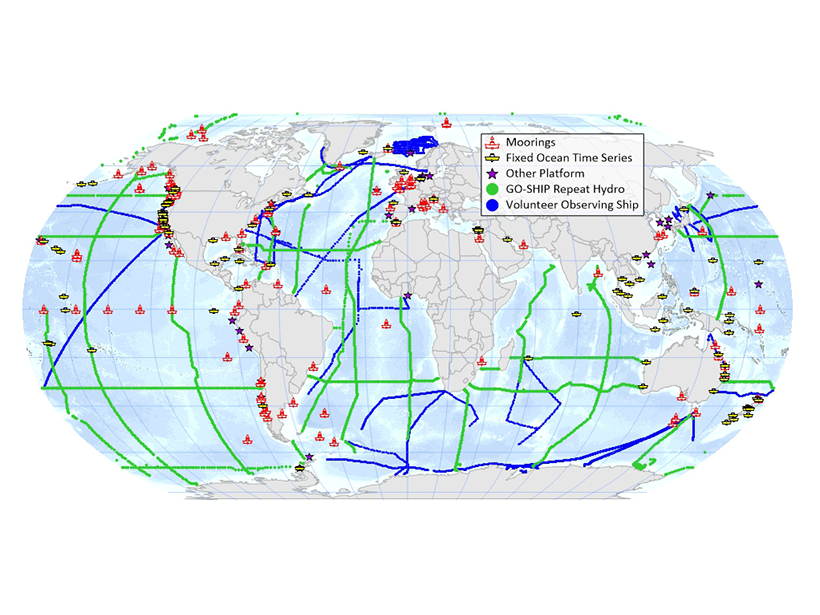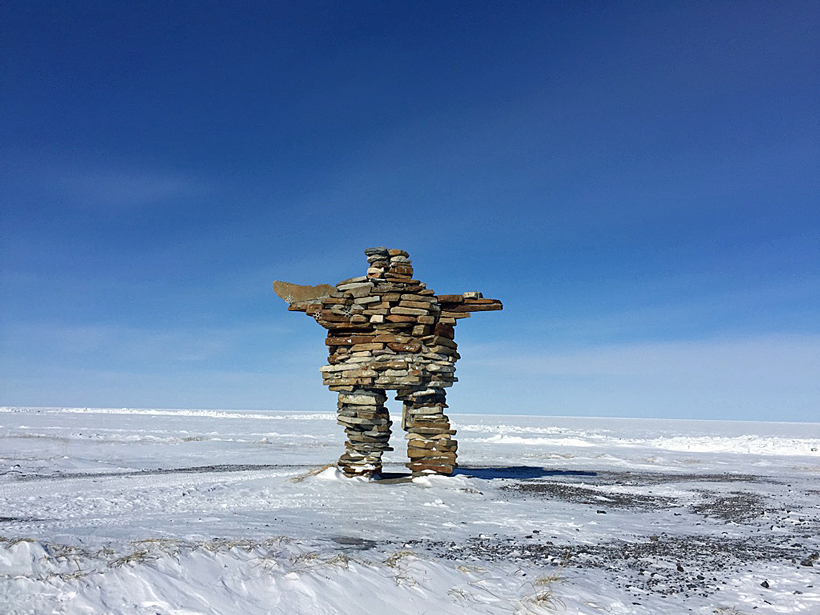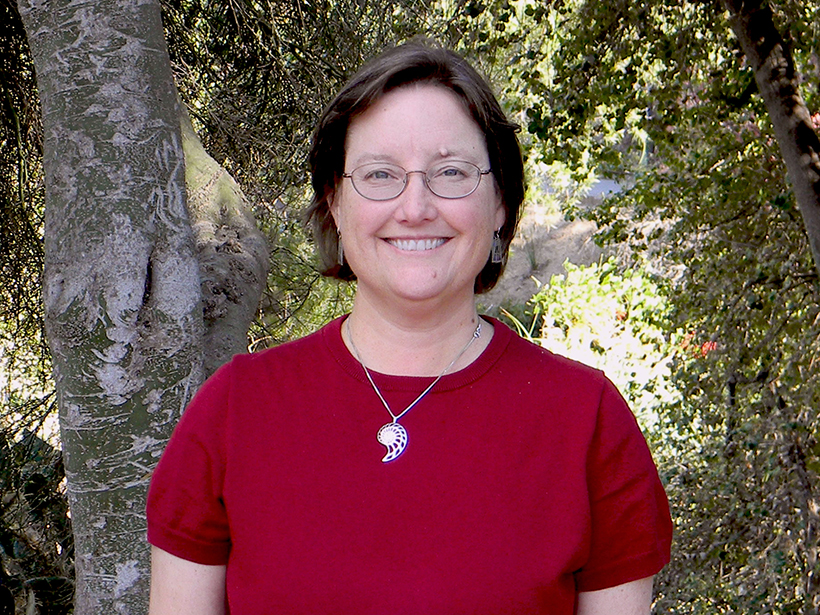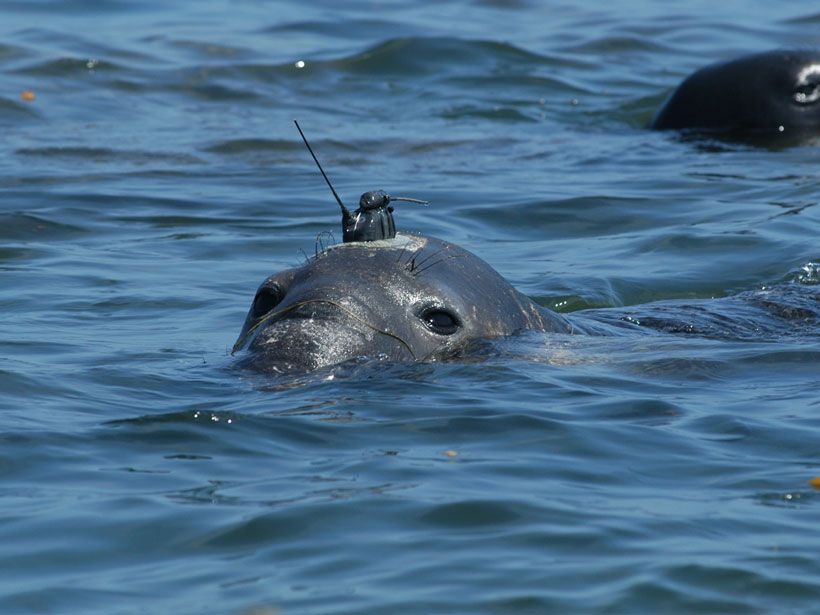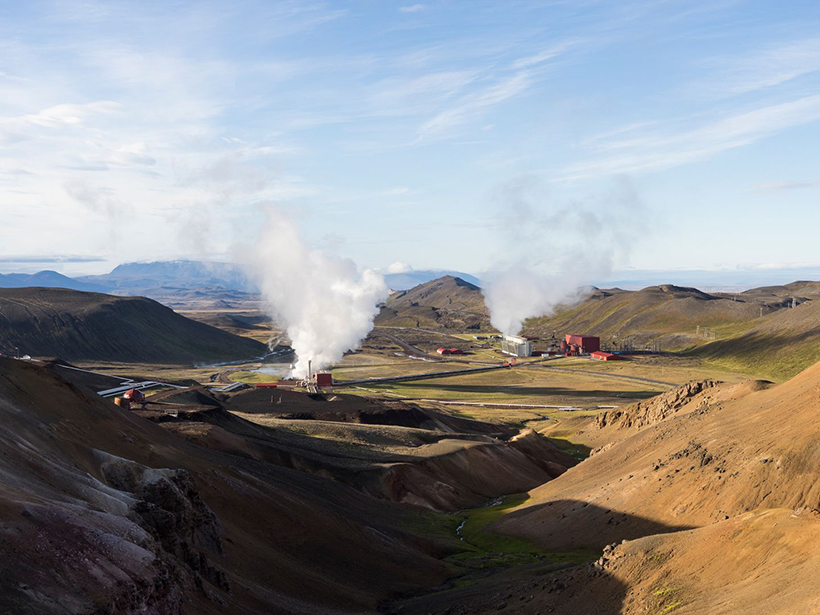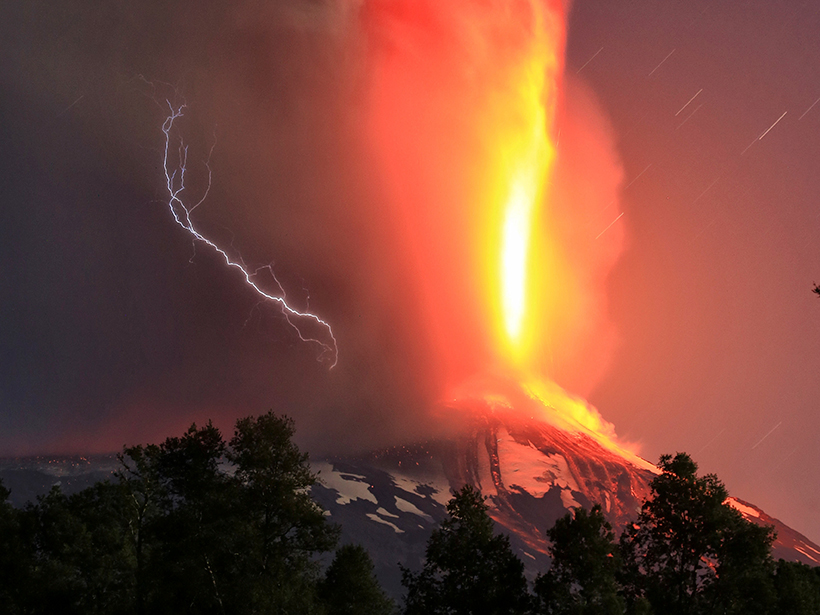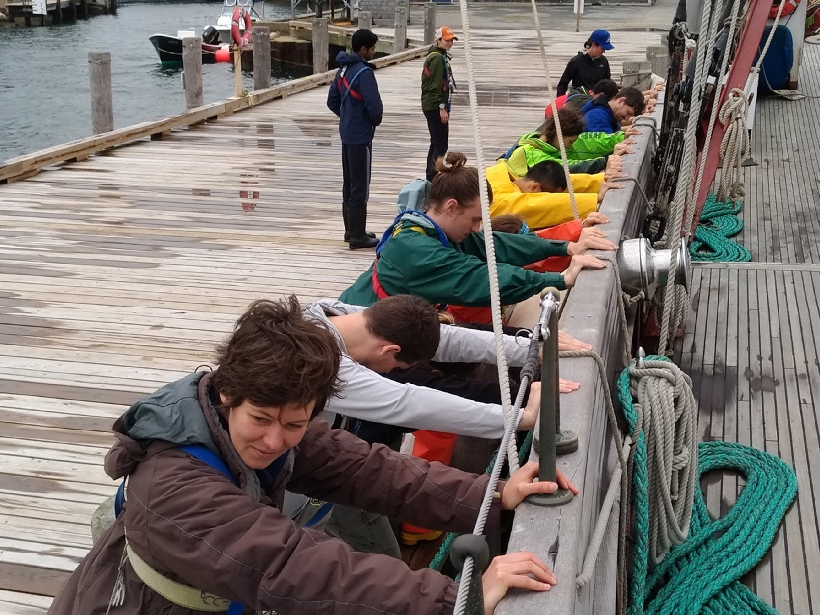Workshop on Human/Societal Dimensions of a New Carbon Economy with Carbon180; Washington, D.C., 13 February 2019
CC BY 2019
Monitoring the Environment in the Northwestern Mediterranean Sea
The Mediterranean Ocean Observing System for the Environment (MOOSE) network integrates a range of platforms to detect and identify long-term environmental anomalies.
Alexander R. “Mac” McBirney (1924–2019)
This former West Point graduate and coffee grower transformed igneous petrology and volcanology.
Progress and Planning in Understanding Ocean Acidification
The 4th Global Ocean Acidification Observing Network (GOA-ON) International Workshop; Hangzhou, China, 14–17 April 2019
Understanding the Terrestrial Effects of Arctic Sea Ice Decline
T-MOSAiC Workshop 2019; Arkhangelsk, Russia, 25–26 May 2019
Louise H. Kellogg (1959–2019)
Louise Kellogg, an influential solid Earth geodynamicist and leader of the geoscience community, passed away in April.
Designing the Global Observing System for Marine Life
Identifying the Backbone of a Global Observing System for Marine Life and Planning Its Implementation for the Next Decade; Santa Barbara, California, 5–7 March 2019
Planning an International Magma Observatory
A planned project will drill into a magma reservoir in Iceland that has never erupted to the surface, giving scientists a fresh look at Earth’s underground “plumbing.”
Monitoring Volcanic Craters with Infrasound “Music”
Volcanic craters act as giant horns that emit intense low-frequency sounds. Changes in this infrasound may be used to track rising lava lakes and identify signals of future eruptions.
Eight Ways to Support Women in Science
Attracting and retaining women in the sciences require action on all fronts: stopping outright harassment, changing institutional cultures, and ensuring that women are included, recognized, and heard.



